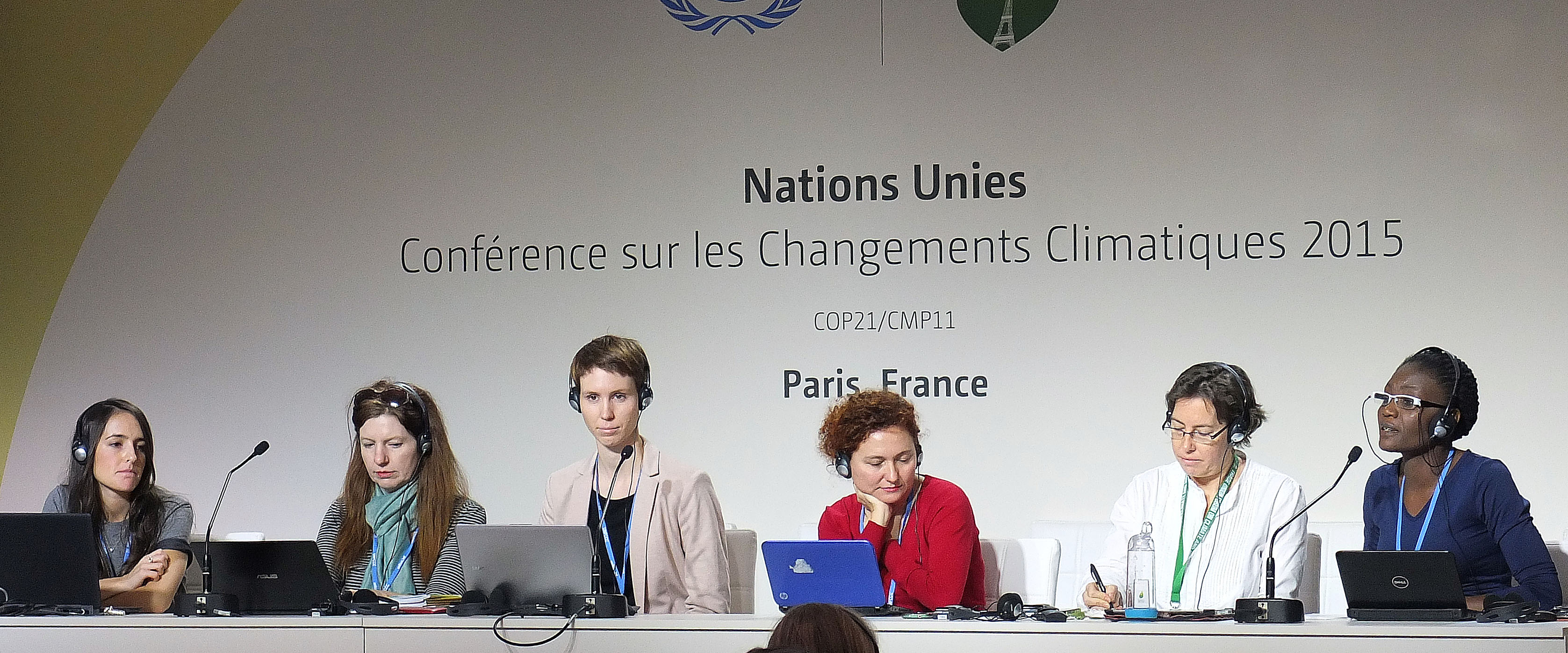UNFCCC conferences

For those who haven't attended a UNFCCC conference - or even for those who have - the complexity of the process and the sheer amount of information and terminology can often be overwhelming.
This section provides an overview of the key developments and gender-related activities from the very first Conference of the Parties right through to the upcoming negotiations.
A bit of background on the UNFCCC
The UN Framework Convention on Climate Change (UNFCCC) is an intergovernmental treaty developed to address the problem of climate change. It opened for signature at the United Nations Conference on Environment and Development (UNCED), also known as the Earth Summit, in Rio de Janeiro in June 1992, and entered into force on 21st March 1994.
There is now almost near universal membership with 195 “Parties to the Convention”. These Parties meet annually at Conferences of the Parties (COP) to assess progress in dealing with climate change and to agree on action that should be taken.
The ultimate objective of the Convention is to stabilise greenhouse gas concentrations “at a level that would prevent dangerous anthropogenic (human induced) interference with the climate system” (Article 2). It states that “such a level should be achieved within a time-frame sufficient to allow ecosystems to adapt naturally to climate change, to ensure that food production is not threatened, and to enable economic development to proceed in a sustainable manner”.
In 1997, the Convention was complemented by the legally binding Kyoto Protocol, which commits industrialised countries to stabilize their greenhouse emissions. The Protocol recognised that developed countries are principally responsible for the levels of emissions in the atmosphere and therefore places a heavier burden on them. Non-Annex 1 Parties to the Kyoto Protocol, including advanced developing countries like China and India, were not obligated to limit their emissions.
The Protocol’s first commitment period started in 2008 and ended in 2012. At COP17 in Durban, governments of the Parties to the Kyoto Protocol decided that a second commitment period, from 2013 onwards, would seamlessly follow the end of the first commitment period.
In Durban, a new body was established – the Ad Hoc Working Group on the Durban Platform for Enhanced Action (ADP) - in order to build upon this progress and develop a protocol, another legal instrument or an agreed outcome with legal force under the Convention, applicable to all Parties. The ADP was required to complete its work no later than 2015.
At COP21, Parties adopted the Paris Agreement, providing a comprehensive framework for addressing climate change which will come into force in 2020. The current task is to define rules and procedures for the timely implementation of the Agreement. The work program for this "rule book" should be finalised by 2018 when COP24 will take place in Poland. At the same time Parties’ ambitions are still not even close to keep the global temperature under 2°C, let alone 1.5°C and fall far behind the promises made in Paris. Studies show that current National Determined Contributions lead us to an increase of 2.9 to 3.4 degrees during this century.
